
This page is part of our Levin information.
| Levin history |
| The photos used in this section are from |
| various Levin publicity material. |
| Photographer: unknown |
| Before Levin |
| Herman Carlson was born in Åsaka, Sweden on |
| September 25, 1864. After a completed woodwork |
| education he was apprenticed to a cabinet maker |
| in Göteborg. During that time he also attended |
| evening classes at the local woodwork association |
| where he after 2 ½ years of hard work excelled |
| in his examination to become a journeyman. |
| At that time it was customary to take on a new |
| surname after a completed journeyman education, |
| and Herman choose Levin to be added to his name. |
| In America |
| In 1887, Herman Carlson Levin travelled to the |
| U.S.A. where he soon found work as a polisher at |
| a guitar factory in New York City. This is where |
| he gradually learned about guitar making and in |
| 1891 he was ready to open his own business. |
| In Circa 1895 he joined Robert H. Benary to form the |
| Metropolis Musical Instrument Co. to manufacture |
| and distribute mid-priced banjos, guitars and |
| mandolins. In 1897 he filed for a patent for his |
| combined guitar and mandolin. |
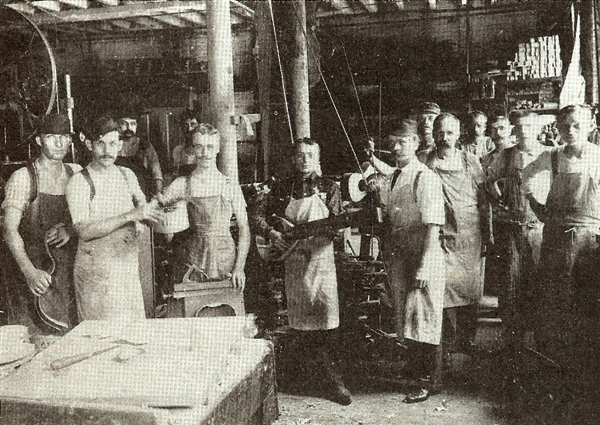
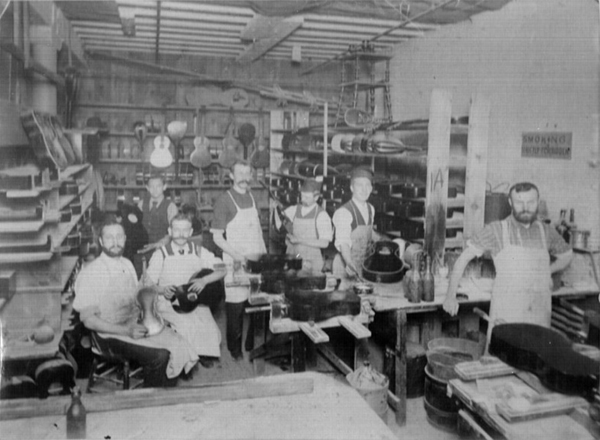
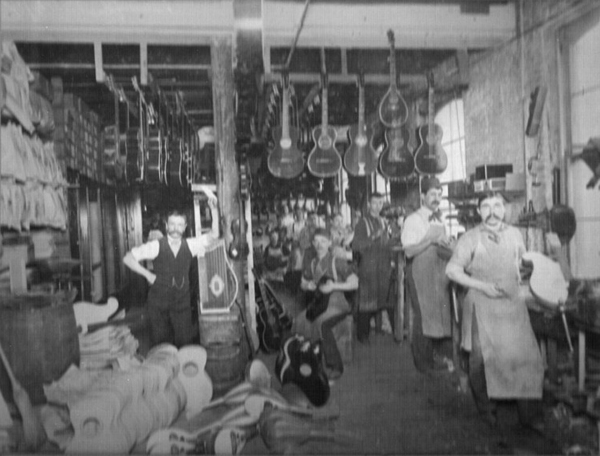
| Back in Sweden |
| In 1900 he returned to Sweden, and on July 27 |
| that year, he opened the Herman Carlson Levin |
| Musikinstrumentfabrik (Herman Carlson Levin |
| Musical Instrument Factory) on Norra Larmgatan 4, |
| in Göteborg. In the humble beginning the factory |
| consisted of two men in a 70 square meters space. |
| In the first year, 90 instruments were completed, |
| but business grew and at the end of 1903, the |
| work force had grown to five men completing |
| 1,648 instruments. |
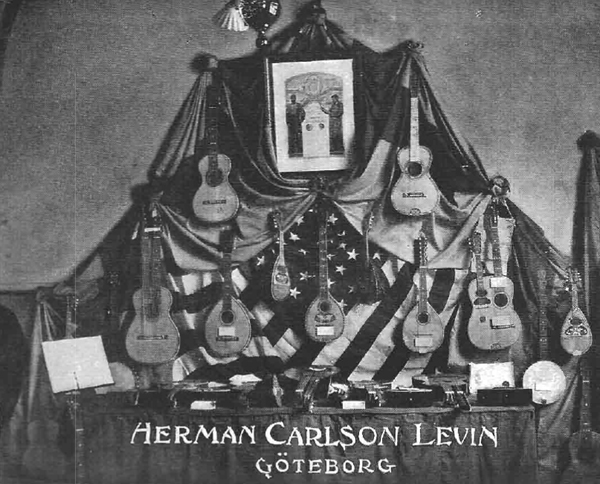
| The awards |
| The first official recognition came early. By 1903 |
| the company had been rewarded no less than five |
| silver medals (highest award) at various exhibitions |
| held in Sweden. The success grew with a gold medal |
| at the exhibition in London in 1905, and the climax |
| came in Madrid in 1907, where the company was |
| rewarded not only the gold medal, but also the |
| Grand Prix. |
| The growth |
| By 1908 more than 10,000 instruments had left |
| the factory, and ten years later, more than 40,000 |
| instruments was completed, and the work force |
| had grown to 30 men working out of a factory of |
| 600 square meters. However, on October 11, 1918 |
| a fire broke loose in the factory and during the |
| following years the work force had to be cut down |
| to 5-10 men. |
| In 1925 Levin added banjos to its line and the |
| production started to grow rapidly. In 1929 they |
| also added orchestra guitars and by 1936 more |
| than 100,000 instruments had left the factory. |
| Just before the outbreak of World War II the work |
| force consisted of 45 men and the factory floor |
| space had grown to more than 1,000 square |
| meters. The war years brought a shortage of |
| foreign woods such as ebony, rosewood and |
| walnut, and furthermore, periodically half the |
| work force was drafted to military service. |
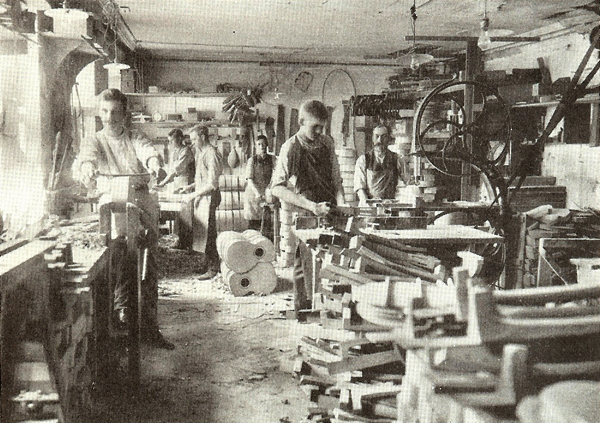
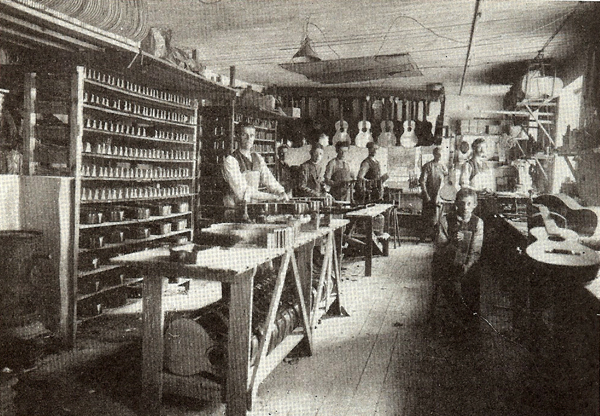
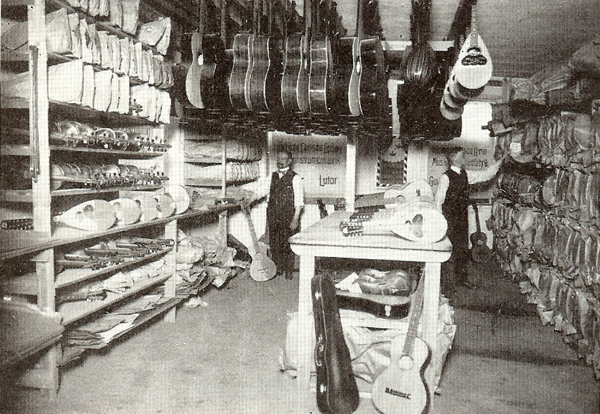
| The new factory |
| At the same time, there was a large demand for |
| instruments, and since the old factory building |
| already had been expanded to its limits, a new |
| factory of 1,800 square meters floor space was |
| set up in the former space of Rörstrands |
| Porslinsfabrik (Rörstrands Porcelain Factory) on |
| Kvillegatan 9, in Göteborg. The move took place |
| in the summer of 1943 and the work force was |
| expanded to 70 men. Drums were added in that |
| year, and in 1948 instrument number 200,000 |
| was completed. |
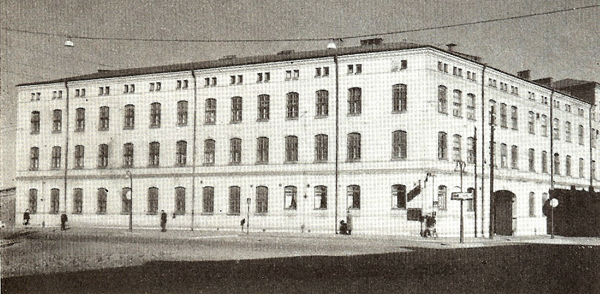
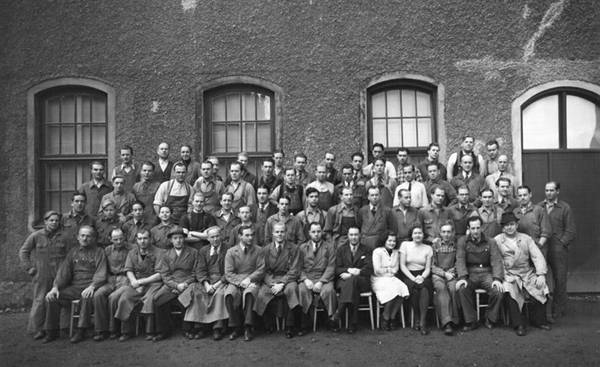
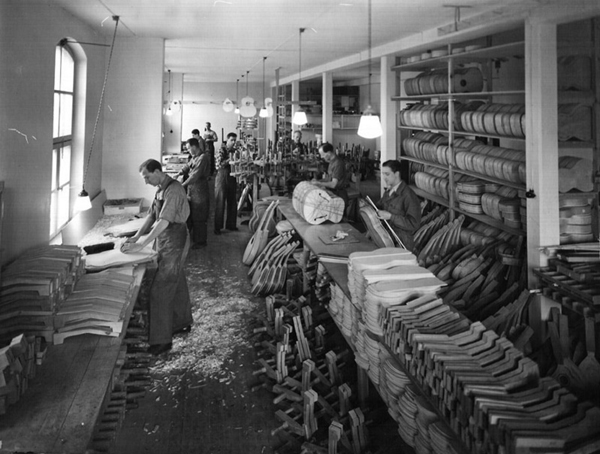
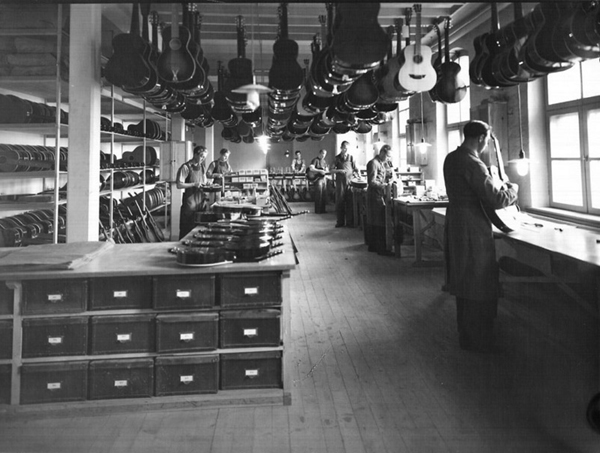
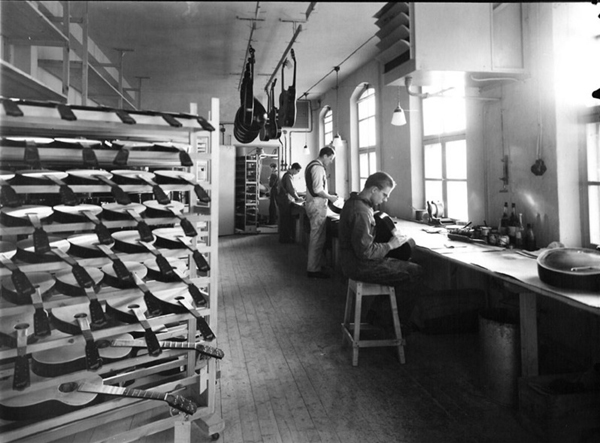
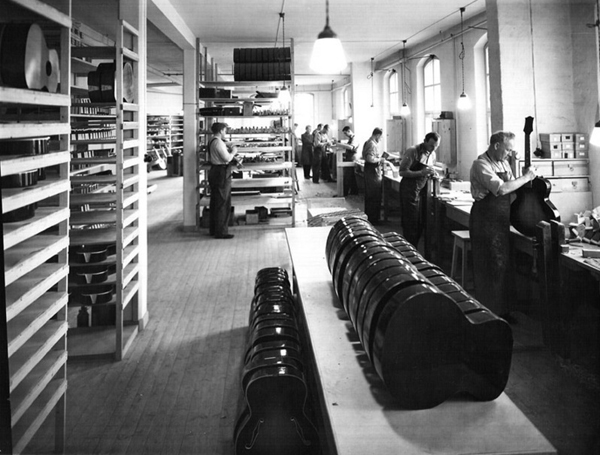
| Herman dies |
| Herman Carlson Levin dies on March 26, 1948. |
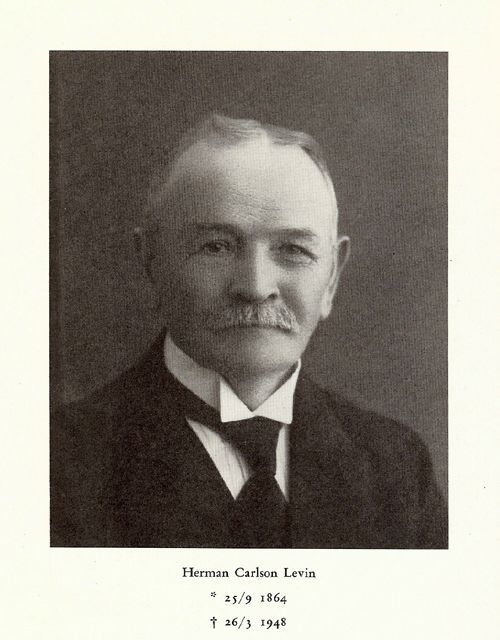
| 50 years |
| The Levin company continued to grow and in 1950, |
| after 50 years in business, it had 130 employees, |
| a floor space of Circa 2,600 square meters, and had |
| since its beginning in 1900 produced close to |
| 250,000 instruments. |
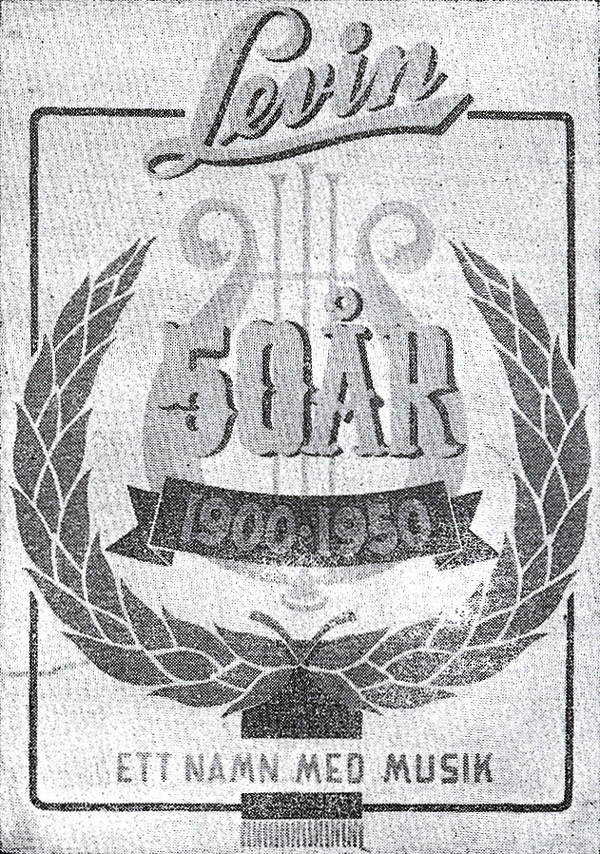
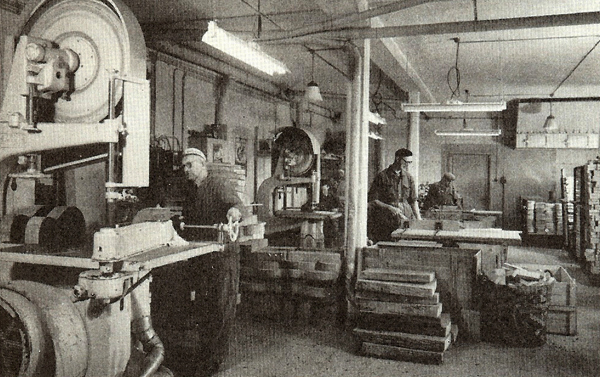
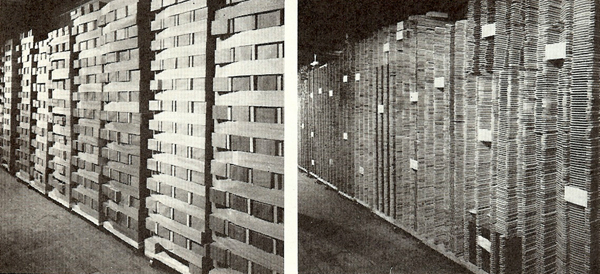
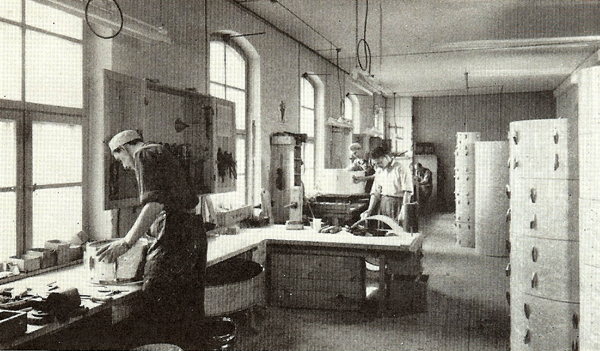
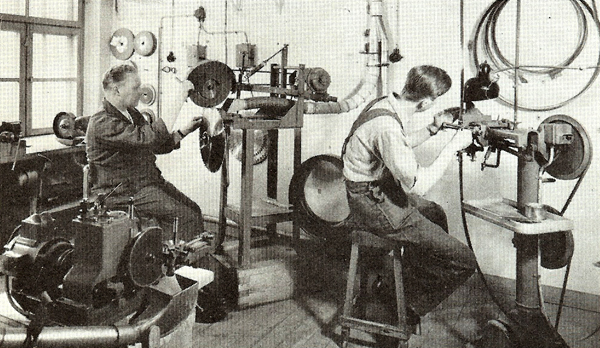
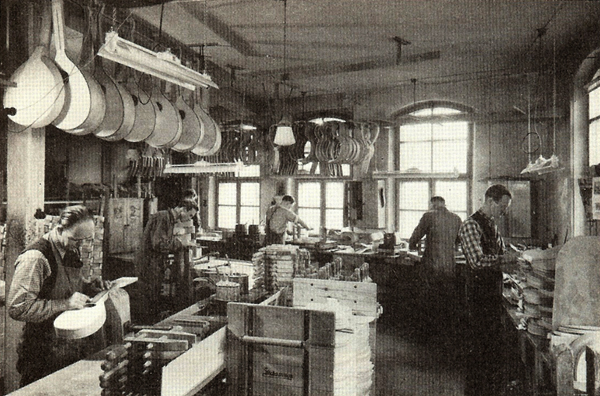
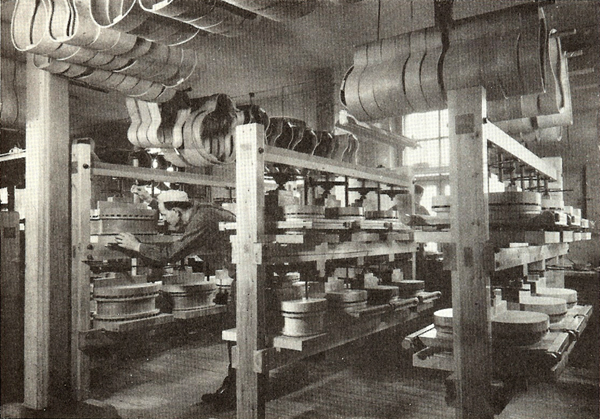
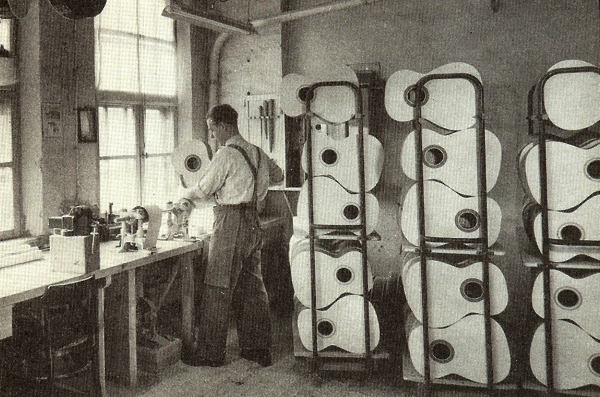
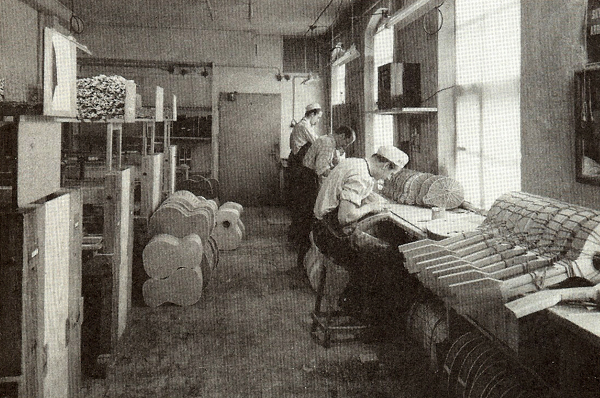
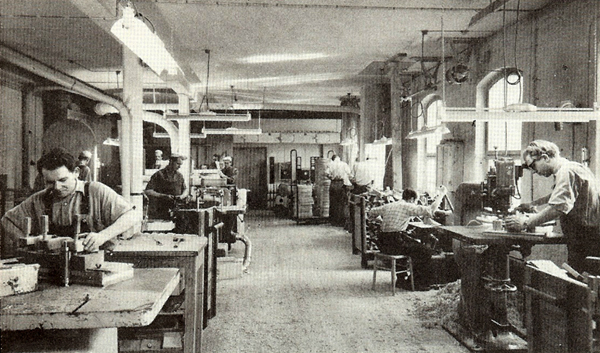
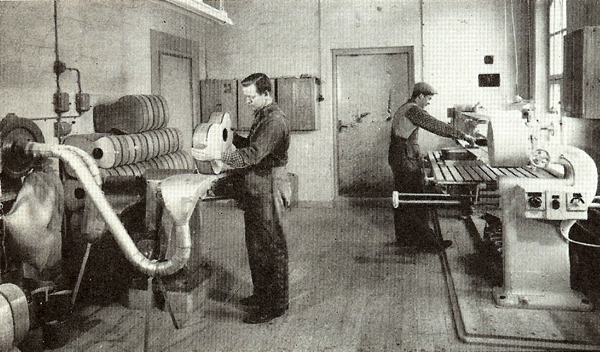
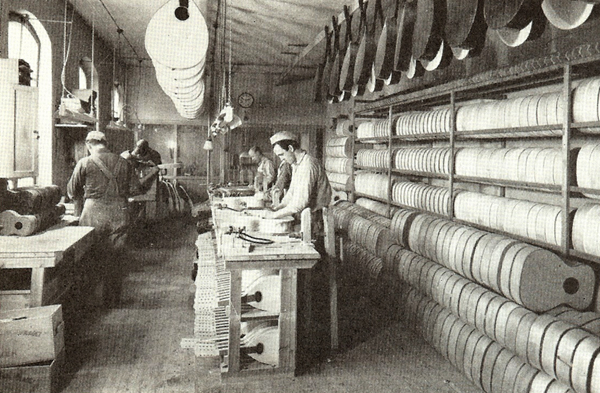
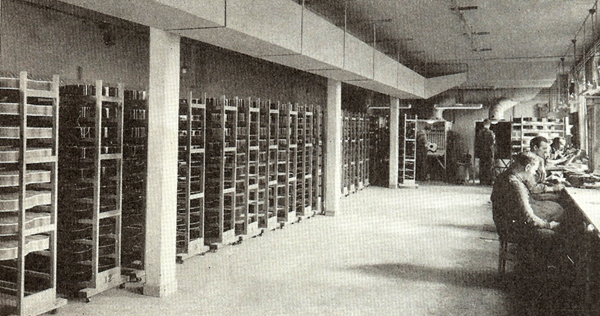
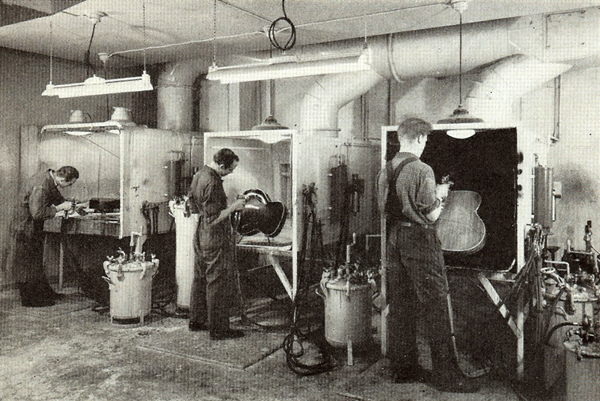
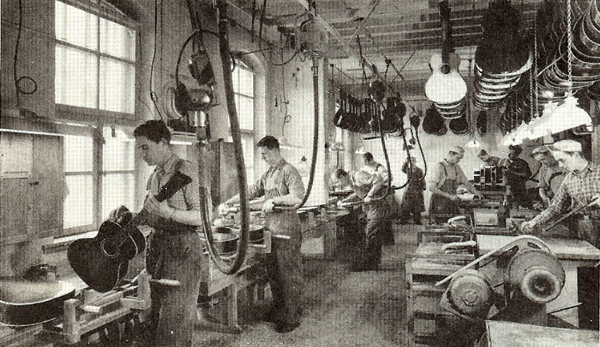
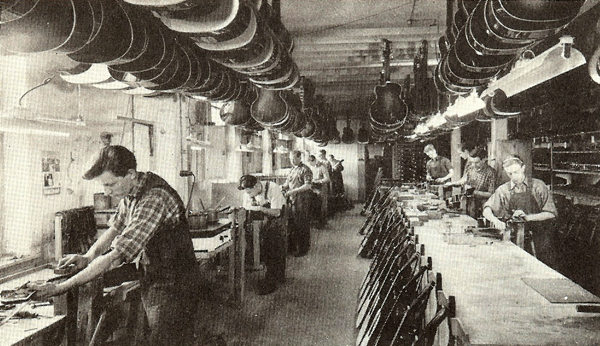
| Goya |
| In 1952 initial contacts were being made between |
| the Hershman Musical Instrument Co. of New York |
| and Levin regarding what in 1954 became Goya |
| branded instruments made by Levin for distribution |
| in the U.S.A. |
| Electrics |
| As 1956 came to an end the total number of pro- |
| duced instruments exceeded 300,000. In the new |
| redesigned line of 1957, the archtop guitars were |
| now available with one or two DeArmond pickups |
| in addition to the fully acoustic versions. |
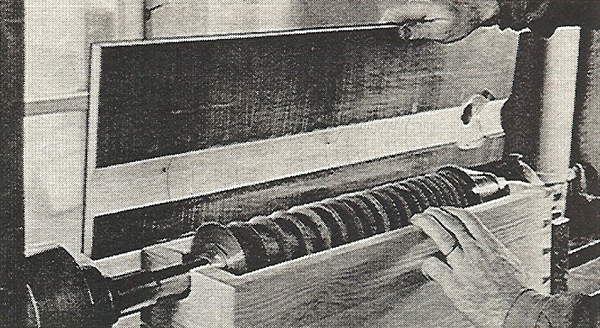
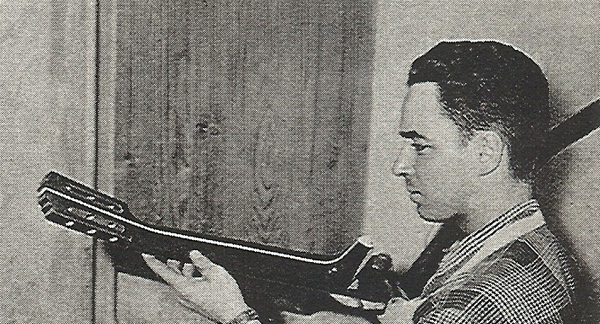
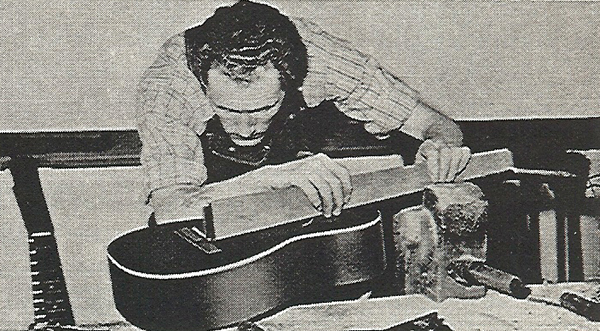
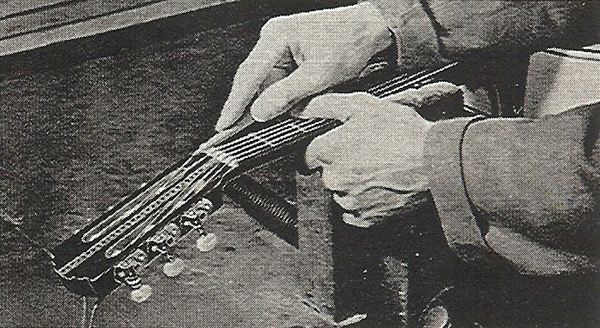
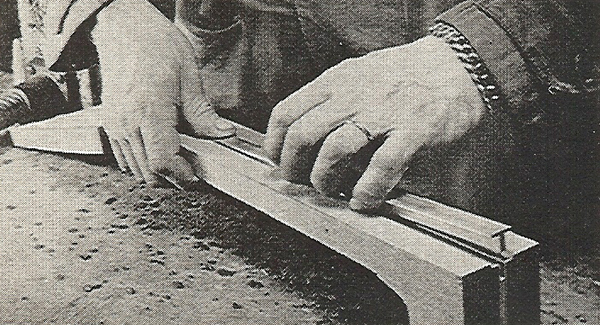
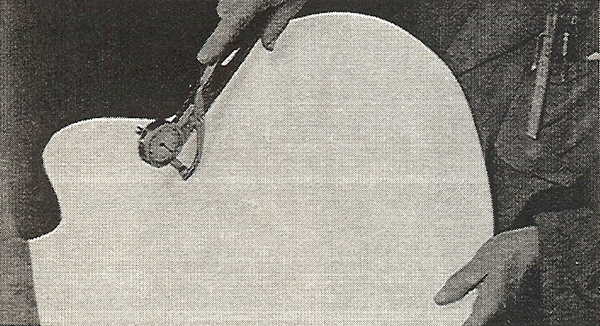
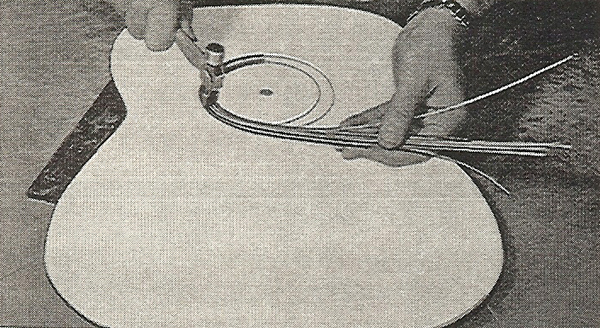
| Goya orders |
| In 1965, with more than 450,000 instruments |
| made, and 70% of its production being exported, |
| Levin received an order for 13,000 Goya guitars |
| and rented space in Lessebo to open a second |
| factory. In 1967 another order, this time for |
| 120,000 Goya guitars (1,000 each month for |
| ten years) was received. However, disaster |
| struck in 1968 when the order was cancelled |
| and Levin was forced to close the Lessebo |
| factory and let half of its work force go. |
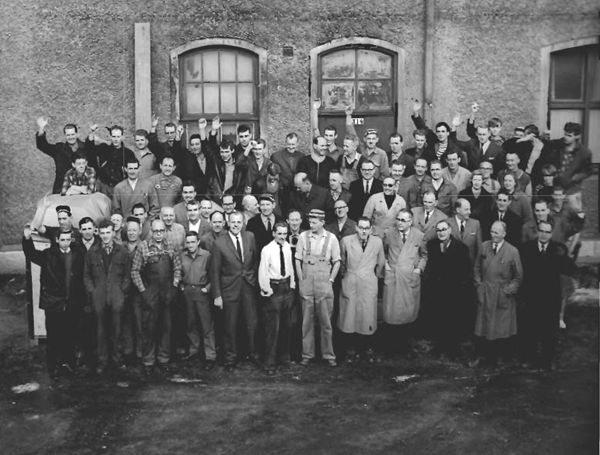
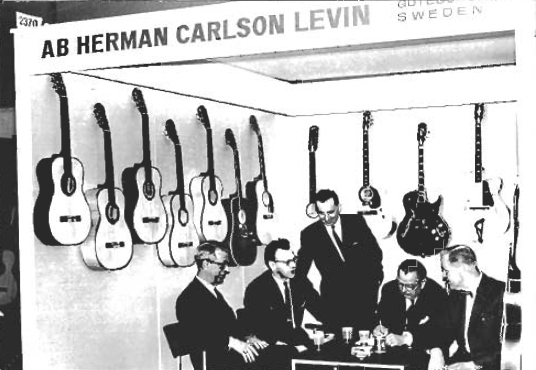
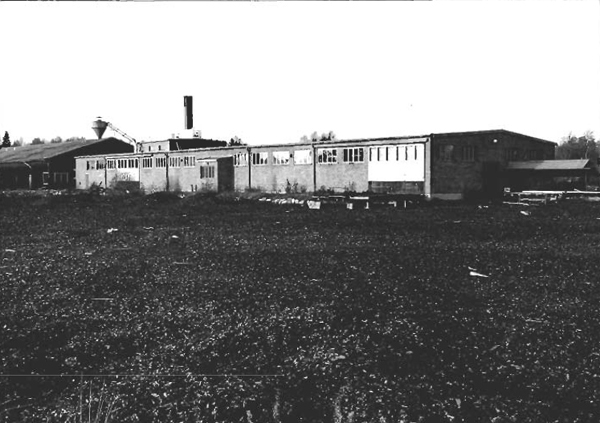
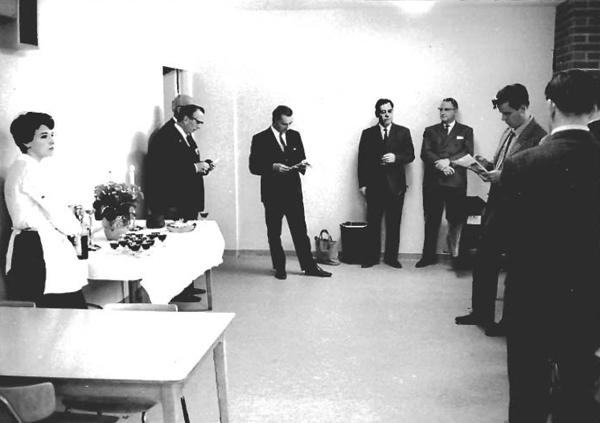
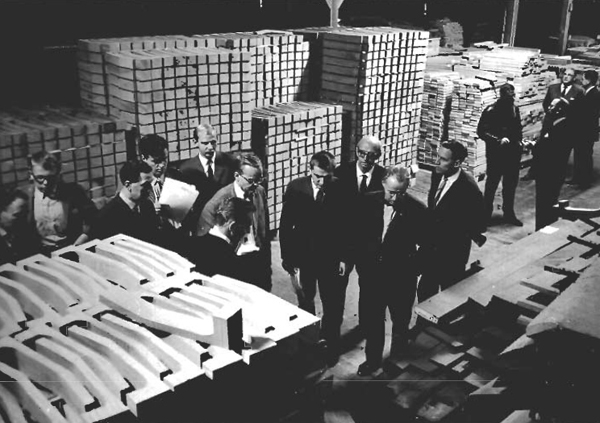
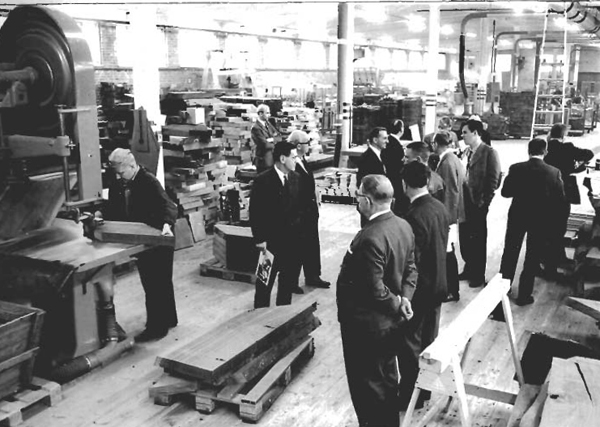
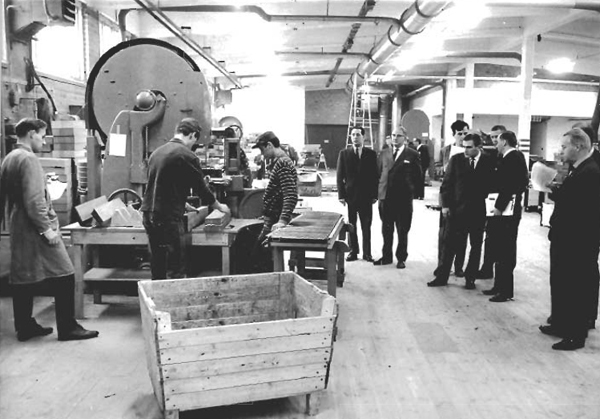
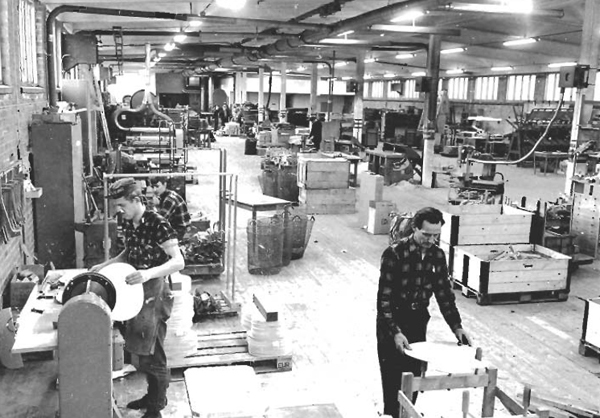
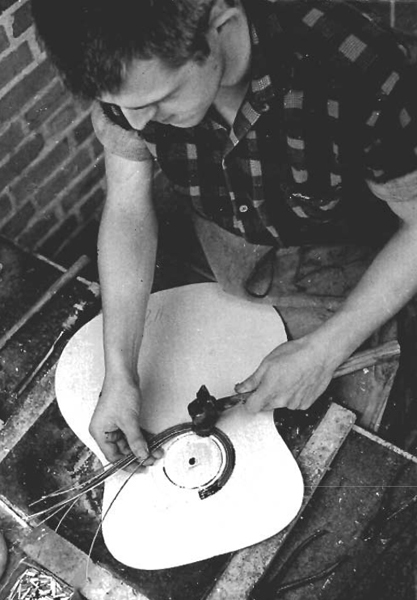
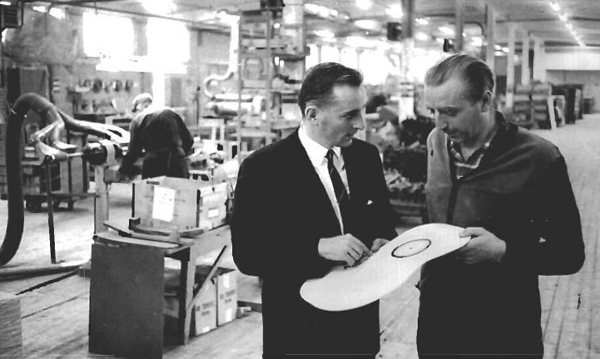
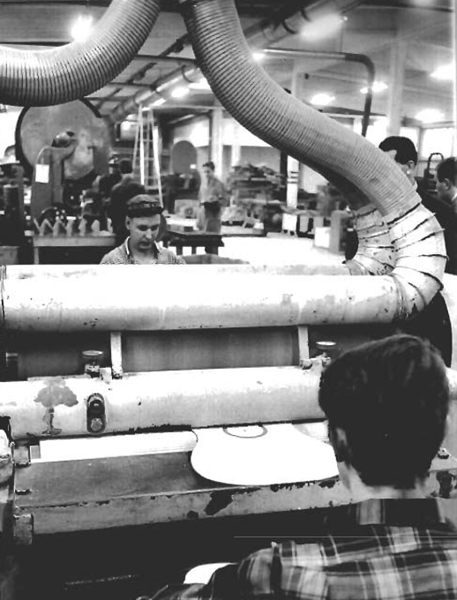
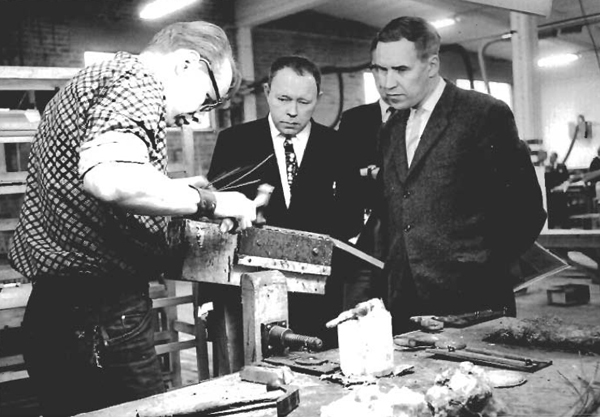
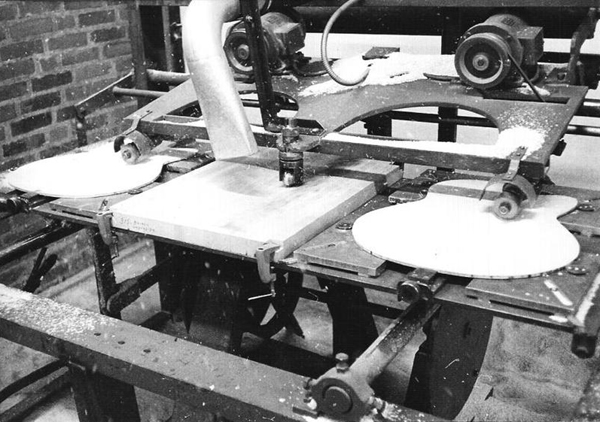
| 70 years |
| In 1970 Levin celebrated 70 years with more than |
| 500,000 instruments produced since its beginning |
| in 1900. |
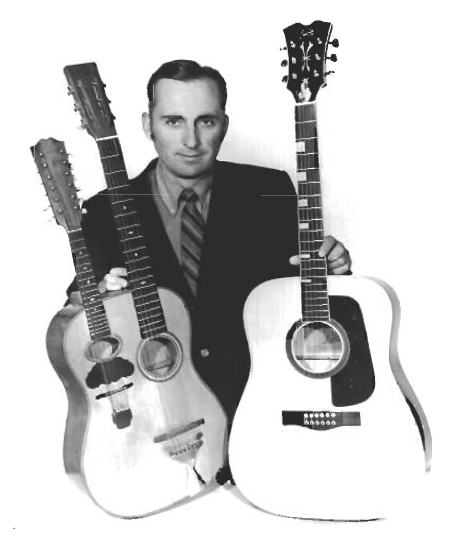
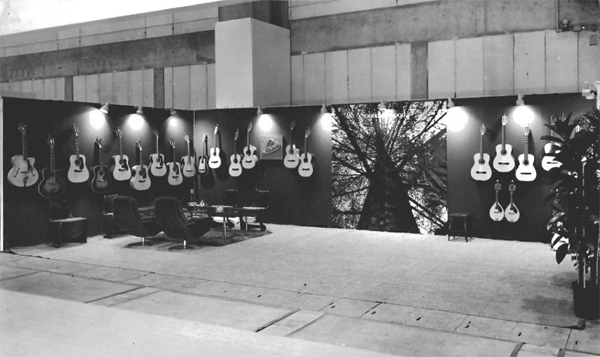
| C. F. Martin & Co. |
| In 1972 negotiations between the C. F. Martin & |
| Co. and Levin resulted in that C. F. Martin & Co. |
| purchased Levin in June 1973. |
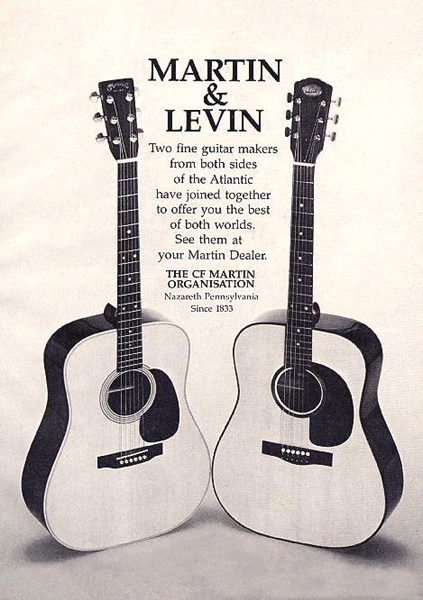
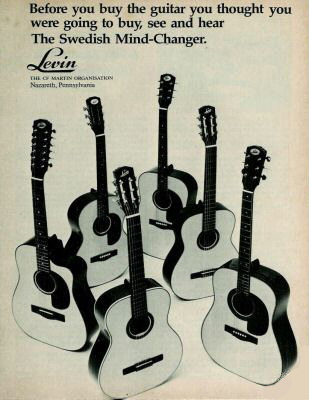
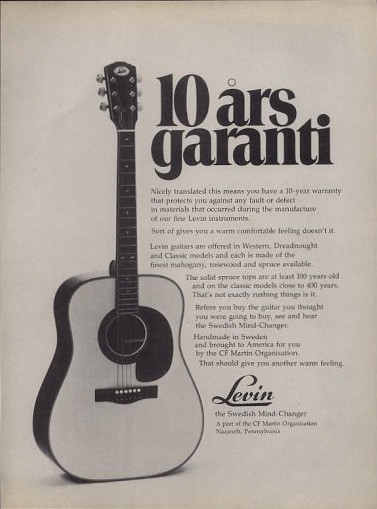
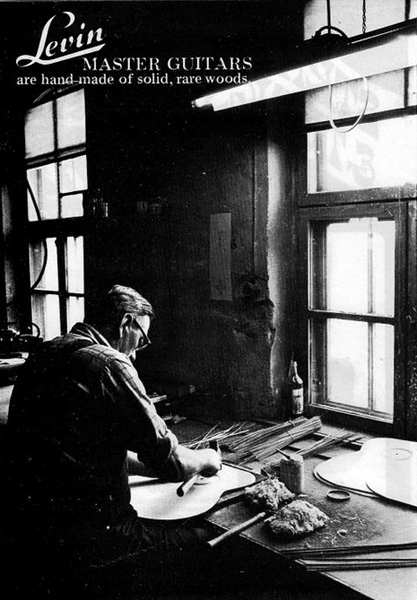
| Made in Finland |
| In Circa 1977 some nylon-string models were being |
| built by Landola in Finland. |
| Made in Japan |
| In Circa 1979 some steel-string and nylon-string |
| models were being built in Japan. |
| Factory closes |
| The factory closed in 1979. Some models built |
| in Finland and Japan were still available. |
| Svensk Musik AB |
| Svensk Musik AB purchased the Levin brand |
| name and part of the remaining stock from |
| C. F. Martin & Co. in 1982. The production |
| was restarted in early 1983 with the first |
| two models being the LG 8 and LG 17, both |
| assembled with bodies made by the Hans |
| Persson guitar factory in Lugnås, Sweden |
| and necks supplied by Landola in Finland. |
| In addition to those, the model L 44 was |
| imported from Czechoslovakia. In 1988 |
| three more models were added to the line |
| of Swedish made guitars, the Classic 8, |
| Classic 10 and Classic 12, and the whole |
| production was moved to the Hans Persson |
| guitar factory in Lugnås. |
| Svenska Levin AB |
| Svensk Musik AB changed name to Svenska |
| Levin AB in Circa 2000 and model L 40 was being |
| imported from Asia. After 2004 the line was |
| expanded with more nylon-string models in |
| addition to steel-string western models and |
| archtops, all being imported from Asia. |